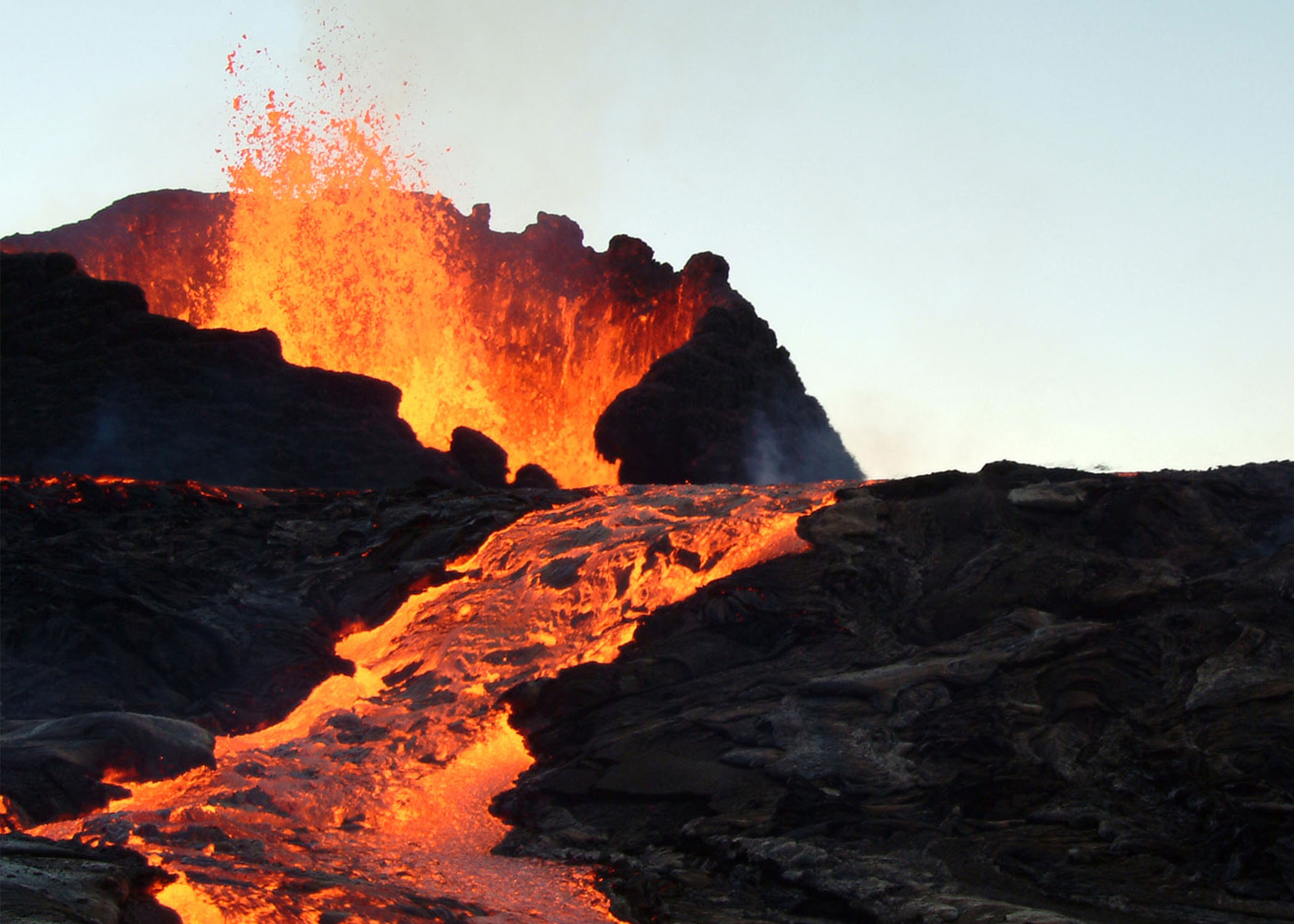The first two decades of the 21st century were the warmest of the entire global instrumental temperature record, starting in the late 19th century. As of 2021, the 22 years since 2000 rank among the 27 warmest, which makes these high temperatures unusual over the period of instrumental measurements. But, what about in the context of past centuries or millennia? How unusual are modern temperatures compared to those of the past? It is only through the reconstruction of past climate that we can truly evaluate the magnitude of this warming.
When one reviews all the data, both from thermometers and paleoclimate temperature proxies, it becomes clear that Earth has warmed significantly since the 19th century. Global warming has occurred. Multiple paleoclimatic studies indicate that recent years are all the warmest, on a global basis, of at least the last 2,000 years. The most recent paleoclimate data reinforce this conclusion using longer records, new proxies, new statistical techniques, and a broader geographic distribution.
Climate scientists have come to the conclusion that human activity is causing the climate to change, specifically due to increasing concentrations of greenhouse gases in the atmosphere. As ice core data show, the increase in carbon dioxide since 1750 is unprecedented and well outside the range of natural variations over at least the last 800,000 years. The recent increase matches the increase calculated from fossil fuel emissions. There is no doubt that these gases contribute to global warming, and here too the paleoclimate record provides invaluable evidence regarding how much temperature change accompanied changes in carbon dioxide over the past several hundred thousand years and longer. This Paleo Perspective summarizes what scientists have learned from the paleoclimate record about past variations in temperature and carbon dioxide, and gives a long-term context to recent changes.
Perspectives

Related Products
Long records also reveal that Earth's temperature and other aspects of the climate can change rapidly from one state to a different state (wet or dry, warm or cold). For example, the last glacial interval—from 80,000 to 15,000 years before the present—was characterized by large repeated changes in climate and ocean circulation between warmer (interstadial) and cooler (stadial) events termed Dansgaard–Oeschger cycles. These and other abrupt climate changes and some possible causes are described in the Paleo Perspective on Abrupt Climate Change.
Significant to the question of global warming, the possibility of future abrupt climate change is a topic of intense research. While some of the possible causes such as Laurentide ice sheet collapse are no longer relevant, other mechanisms such as reorganizations (changes) in ocean circulation could occur in the future. NOAA's Paleoclimatology Program archives and distributes data describing abrupt changes of the past in an effort to improve understanding of the mechanisms responsible for abrupt climate change.



